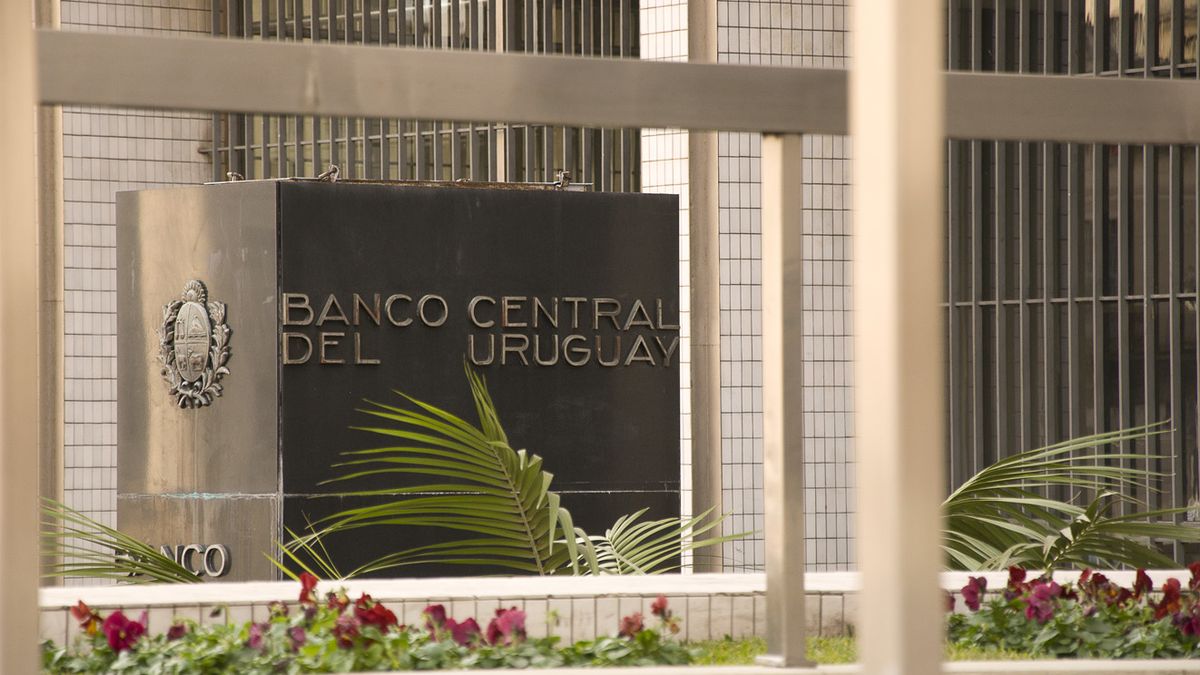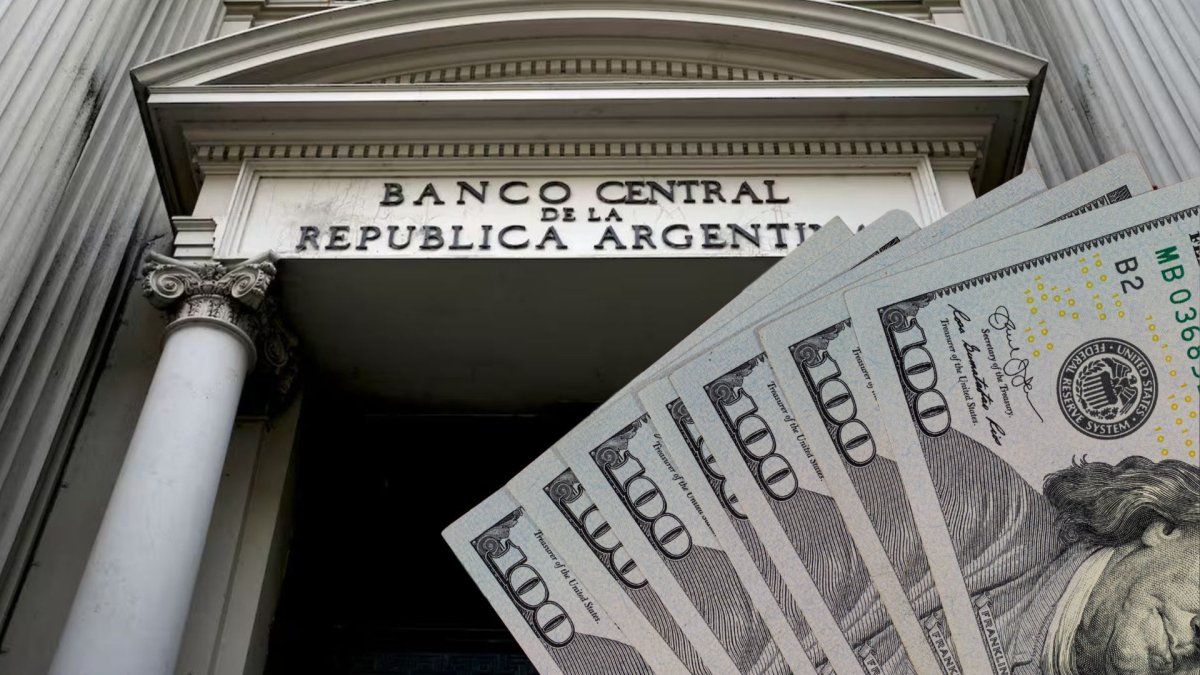He Central Bank of Uruguay (BCU) published his Monetary Policy Report (IPoM) corresponding to the third quarter of the year, and pointed out that the growth of the economy will be lower than that expected a few months ago, due to the impact of the drought on production that was also observed between April and June.
Although the forecasts were no longer encouraging for economic growth this year, warning of the strong negative effects that the worst drought in the last century Regarding the country’s productive engine, the BCU estimates are even more negative than expected.
In that sense, when sending the Accountability to the Parliament, At the end of June, the Ministry of Economy and Finance (MEF) had already made a cut in the projected growth compared to February, from 2% to 1.3% of the Gross Domestic Product (GDP). Now, and based on an extensive analysis of already known data and others that are beginning to emerge as trends, the monetary authority estimates that growth during 2023 will be less than 1%.
In addition to the impact of the drought, the negative effects that are expressed in this cut in growth projections also consider the closure of the refinery of The Tile, of the National Alcohol and Portland Fuel Administration (Ancap) —which has not been working since September—; the deterioration of the tourist balance, accompanied by the exodus of Uruguayans who cross into Argentina as a result of the exchange difference; and the completion of the works UPM II. Growth, no matter how minimal, would be driven by private consumption, to the influence of the salary recovery.
Added to this scenario projected by the BCU is the fact that the GDP fell by 2.5% year-on-yearin the second quarter, and contracted by 1.4% in the seasonally adjusted comparison – in relation to the first quarter of the year.
Beyond a harsher than expected forecast, the Central Bank maintained in the Report that GDP “then expands around 4% annual average in the rest of the monetary policy horizon (that is, in the next 24 months).” By 2024 “consumption and investment Private sectors would remain the main drivers of growth, along with the recovery of net exports, which reverses the shock of the drought, and the neutrality of public spending,” he added.
What will happen to inflation?
Refering to inflation, The BCU report stated that “it corrects downwards at the starting point and adjusts upwards from 2024 in the face of strong pressures from the international inflation. However, inflation remains within the target range throughout the entire inflation horizon. monetary politics, in a scenario where monetary policy remains in contractive phase and expectations react favorably, although more slowly than in the scenario presented in the previous report.”
This implies that until September 2025, inflation will remain between 3% and 6% —that is, within the target range—during all months.
In any case, the BCU adjusted upwards its estimate of price increases at the end of the monetary policy horizon, and predicts that inflation in the 12 months ending in September 2025 will be at 5.7%when in the previous Report it was projected to be 5.3%.
Source: Ambito




